
 Data Structure
Data Structure Networking
Networking RDBMS
RDBMS Operating System
Operating System Java
Java MS Excel
MS Excel iOS
iOS HTML
HTML CSS
CSS Android
Android Python
Python C Programming
C Programming C++
C++ C#
C# MongoDB
MongoDB MySQL
MySQL Javascript
Javascript PHP
PHP
- Selected Reading
- UPSC IAS Exams Notes
- Developer's Best Practices
- Questions and Answers
- Effective Resume Writing
- HR Interview Questions
- Computer Glossary
- Who is Who
How does the YouTube Algorithm work in 2022?
Knowing how the YouTube algorithm functions might be crucial for video content producers. Currently, 70% of all YouTube views come from its recommendation system. However, the algorithm's inner workings are still a mystery despite its power.
You can have trouble attracting the viewers you want when you publish videos. That's probably because the algorithm doesn't rank your video highly. Learning how it works can be beneficial.
Here is a complete guide on how the YouTube algorithm works in 2022. Let's start ?
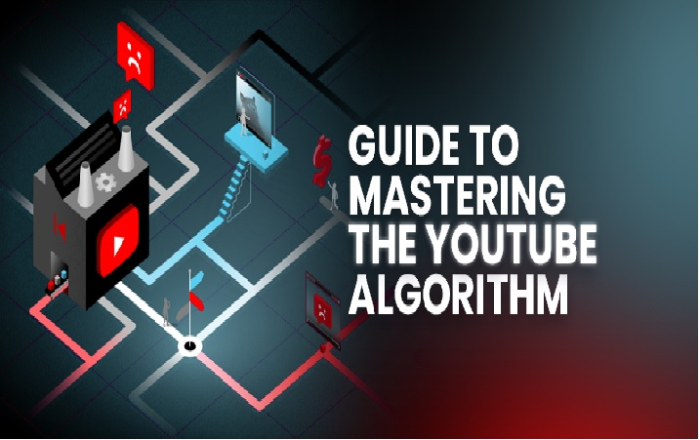
The YouTube Algorithm: What Is It?
The system is essentially a loop that gathers data and suggests videos to consumers. It collects data from users and channels to find out which types of videos will get the most views, likes, and shares. And it gathers a tonne of these data points?80 billion signals on average-every day.
In the end, YouTube wants viewers to stay on the site as long as they can. This is accomplished by making it simple for you to access an unending supply of videos that it believes you'll enjoy.
The homepage of YouTube is the first place you may find a tonne of video recommendations ?
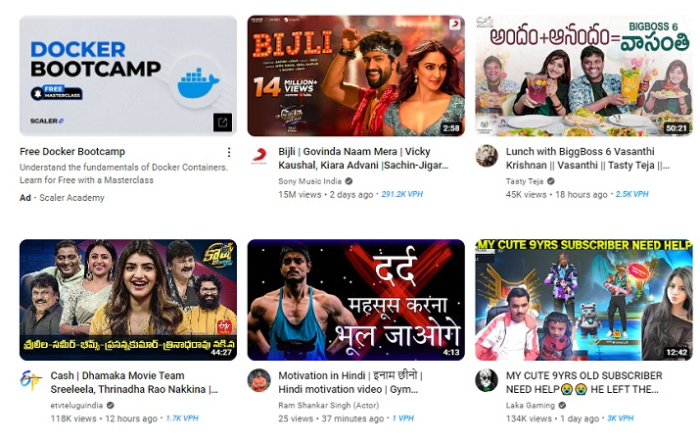
How will YouTube's Algorithm Function in 2022?
Right now, YouTube provides several indicators that may give you a tonne of information about what's working and what isn't. Three of these indicators, nevertheless, have the most influence on spreading awareness of your video and recommending it to more viewers.
We'll delve deeply into these 3 parameters to comprehend how they affect YouTube's algorithm.
Click Through Rate(CTR)
Before we discuss click-through rate or CTR, you should be familiar with YouTube impressions. An impression occurs each time your title and thumbnail are displayed to a user, whether it's on their computer, television, or mobile device. The user must view your thumbnail for more than a second for an impression to be recorded

It's crucial to remember that not every impression results in a view, which is why we discuss the click-through rate. The percentage of impressions that resulted in people clicking to view your video is essentially what the click-through rate informs you. For instance, if your thumbnail received a click-through rate of 5%, it implies that out of every 100 people who saw it, 5 people chose to see the video.
More people are clicking on your video, which increases views, and the higher this number is. Additionally, this lets YouTube know that there is interest in your video, and it will promote it to additional users. You then see these videos in your YouTube recommendations and suggestion lists.
Retention
How engaged your viewers are with your video is one of the main elements that affect the YouTube algorithm, as you must already be aware of. This can be determined by looking at your audience retention in the YouTube studio.
Retention is the proportion of viewers who return to your video after clicking on it. Go to the YouTube Studio to examine each video.
YouTube is more likely to recommend your video to other users and let it receive additional views if it has captured the interest of your viewers for even 50% of the duration of your video.
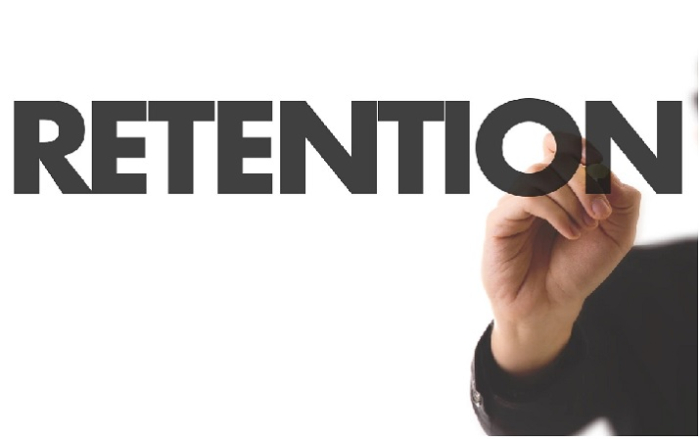
Regardless of how many views your video receives, audience retention is a crucial element in moving it through YouTube's algorithm.
Let's now examine audience retention in more detail. You need to be aware of the two things when it comes to retention numbers.
Average Time Spent Viewing
This is just a figure that tells you how long on average (in minutes) viewers watched your video.
Average Number of Views
While complementary, each of these statistics can change depending on how long the video is. For instance, if your average viewing time is 10 minutes and your video is an hour long, your average watch percentage would be somewhere around 12%.
Watch Time
The length of time viewers spends watching your video, measured in minutes, is known as watch time. In other words, every minute a viewer spends watching your video increases your authority for YouTube to recommend it. You must now have 4000 hours of watch time to apply for the YouTube Partner Program if you wish to monetize your videos.

It's crucial to realize that while it could seem like quantity above quality, excellent videos that captivate your viewers are more likely to have longer viewing times. The YouTube algorithm emphasizes longer overall watch times or viewing sessions over videos that receive more clicks, the website claims.
YouTube Algorithm: 5 Tips to Make It Work For You
Here's how to get along with the system and achieve your YouTube campaign's successful organic results ?
1. Being Reliable
You may win over the YouTube algorithm by being consistent with your video material. Eventually, growing your subscriber count and engagements will come from consistently producing your YouTube videos.
You must demonstrate consistency in your brand's voice, tone, colors, and personality in addition to being constant with your uploads.
For instance, the YouTube channel Street Byte has maintained consistency in its uploads, strategy, and approach.
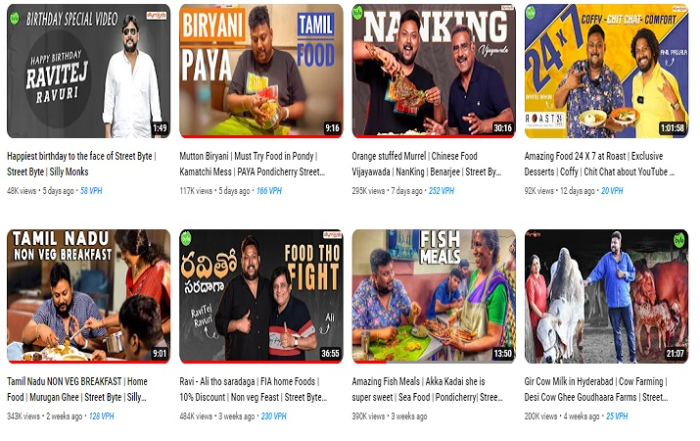
2. Optimize Your Thumbnail And Title
Your visibility in users' search results or suggestion streams will depend on a variety of criteria, including metadata, your video engagement, and others. Even so, there will be other writers waiting for that click, just like you. You can beat out the competition by optimizing your video title and creating eye-catching social media photos for your thumbnail.
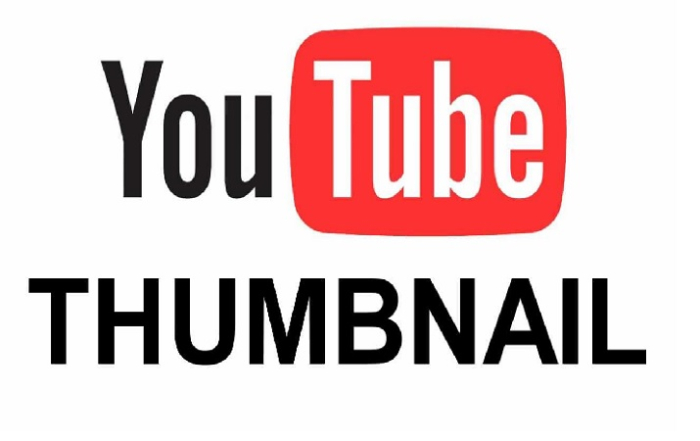
To enhance click-through rates, try to include the keywords in your video titles or thumbnails as well.
Remember ? Testing is the only way to optimize, so continue experimenting with different headlines and images to see what is and is not effective.
3. The Most Underrated Weapon is The Video Description
After publishing a YouTube video, the text that appears beneath your video might be a gold mine for you. Your video description should not be taken lightly.
So that the algorithm can comprehend the purpose of your video, you should take the time to create a relevant and SEO-focused video description.
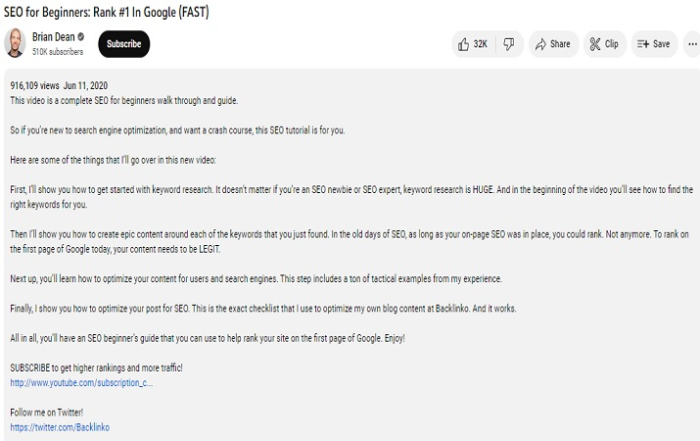
In the example above, when a user searches with an SEO keyword, videos with that term in their descriptions or even ones that are related to it will show up in the search results.
4. Make playlists And Connected Content
Connecting content and making playlists is one of the most time-tested strategies for extending viewers' attention spans. In essence, this entails making videos that can be linked to one another and adding them to a playlist. A viewer can be led to the next segment of your video while it is still playing by using the playlist, the finish screen, or even a link in the description.
The nice thing about playlists is that they greatly increase your watch time by automatically playing the subsequent videos as one is started.
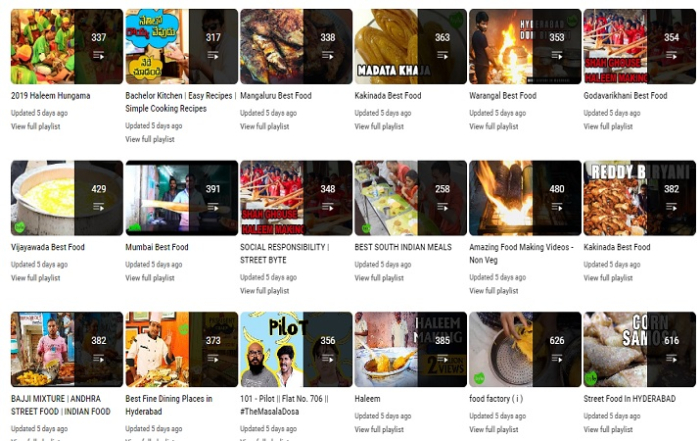
5. Maintaining Audience Interest
Your watch time and other engagement metrics will certainly grow if you can keep your audience's attention for a longer period. And word-of-mouth marketing, which can work wonders for any YouTube creator, will start working for you if people enjoy your captivating material and you invite them to share it with their friends and family.
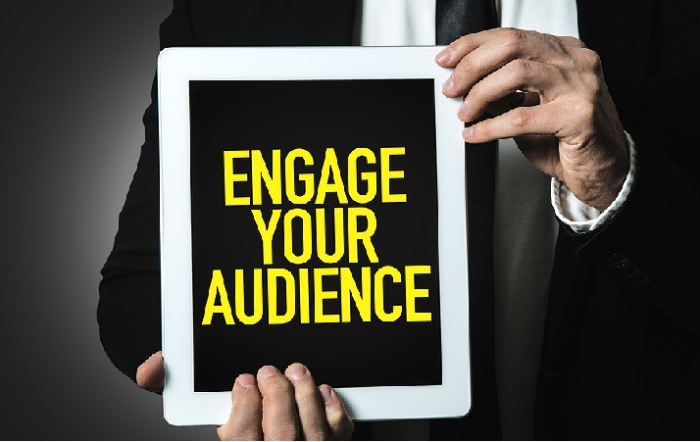
Conclusion
Understanding the YouTube algorithm necessitates time spent reviewing your analytics and tweaking your videos in response to user input, but thanks to this comprehensive tutorial, you are not beginning from scratch. Even before you have made your first video, you already have a general understanding of the various metrics you need to optimize for.

